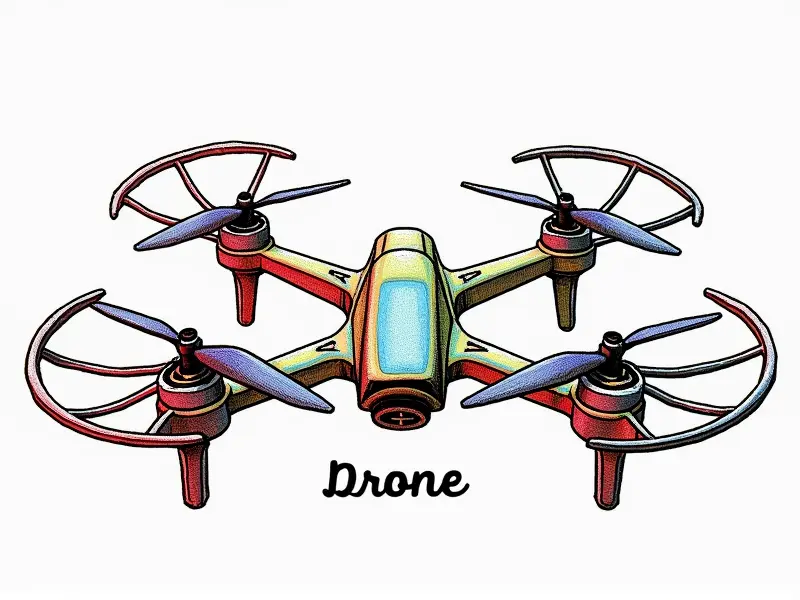How to tune an RC helicopter?

Master Tuning Your RC Helicopter Today
Tuning your remote control (RC) helicopter is a critical step in achieving optimal performance and ensuring smooth flights. Whether you're a beginner or an experienced pilot, understanding the basics of tuning can significantly enhance your flying experience. This article will guide you through the essential steps to fine-tune your RC heli for precision and stability.
Quick Guide to RC Helicopter Setup
Before diving into the detailed tuning process, it's important to set up your RC helicopter properly. Here are some key points:
- Install Batteries: Ensure that all batteries, including the main battery and receiver battery, are fully charged.
- Attach Servos: Connect the servos to the corresponding control channels on your transmitter.
- Balance Main Rotor Blades: Use a rotor balancer tool to ensure that the blades are perfectly balanced for smooth operation.
Beginner's Guide to Tuning RC Helis
If you're new to tuning RC helicopters, it can be overwhelming. Here’s a step-by-step guide to get you started:
- Understand Basic Controls: Learn the functions of your transmitter and how each control affects the helicopter's performance.
- Adjust Throttle Trim: Set the throttle trim so that the heli hovers steadily without drifting up or down.
- Calibrate Gyro: Ensure that the gyro is properly calibrated to stabilize your heli during flight.
Optimize Performance with RC Helo Tuning
To optimize performance, you need to fine-tune several aspects of your helicopter. Here are some key areas to focus on:
- Gyro Sensitivity: Adjust the gyro sensitivity for better stability and responsiveness.
- Servo Speed: Set the servo speed according to the recommended settings or adjust based on flight performance.
- Main Rotor Pitch Curve: Fine-tune the pitch curve to achieve balanced lift and control during maneuvers.
Tips for Perfecting RC Helicopter Flight
To perfect your RC helicopter flights, consider these tips:
- Practice Hovering: Spend time hovering in place to improve stability and control.
- Adjust Collective Pitch: Fine-tune the collective pitch for better lift and maneuverability.
- Test Different Weather Conditions: Experiment with your heli under various weather conditions to understand its performance limits.
Fine-Tuning Your RC Helicopter for Smooth Flights
Achieving smooth flights requires meticulous tuning. Here’s how you can do it:
- Balance Tail Rotor Blades: Ensure the tail rotor blades are balanced to prevent yaw drift.
- Tune Swashplate Geometry: Adjust the swashplate geometry for optimal control and stability during maneuvers.
- Adjust Servo Travel Limits: Set appropriate travel limits to avoid over-control or sluggish responses.
Achieving Precision in RC Helicopter Control
Precision is key when flying an RC helicopter. Here’s how you can achieve it:
- Calibrate Gyro Sensitivity: Fine-tune the gyro sensitivity for precise control during flight.
- Adjust Servo Deadband: Set the servo deadband to eliminate unnecessary movements and improve responsiveness.
- Tune Collective Pitch Curve: Adjust the collective pitch curve for smooth transitions between maneuvers.
Mastering RC Helicopter Tuning Basics
To master tuning your RC helicopter, start with these fundamental steps:
- Understand Control Channels: Learn how each control channel affects the heli's performance.
- Battery Capacity: Ensure you have sufficient battery capacity for extended flights without compromising performance.
- Check Servo Connections: Verify that all servos are properly connected and functioning correctly.
Quick Guide to RC Heli Fine-Tuning
Fine-tuning your RC helicopter can be a complex process, but it’s essential for optimal performance. Here’s a quick guide:
- Gyro Calibration: Calibrate the gyro for precise stabilization.
- Servo Speed Adjustment: Set servo speed to enhance responsiveness and control.
- Main Rotor Balancing: Ensure that main rotor blades are perfectly balanced for smooth operation.
Step-by-Step RC Heli Setup Tips
To set up your RC helicopter effectively, follow these step-by-step tips:
- Install Batteries: Charge and install all necessary batteries before setup.
- Connect Servos: Connect servos to the appropriate control channels on your transmitter.
- Balancing Rotor Blades: Use a rotor balancer tool to ensure blades are balanced for smooth operation.
Conclusion
Tuning an RC helicopter is both an art and a science. By following the steps outlined in this guide, you can achieve optimal performance and enjoy smoother, more precise flights. Whether you're a beginner or an experienced pilot, mastering these tuning techniques will enhance your flying experience significantly.

